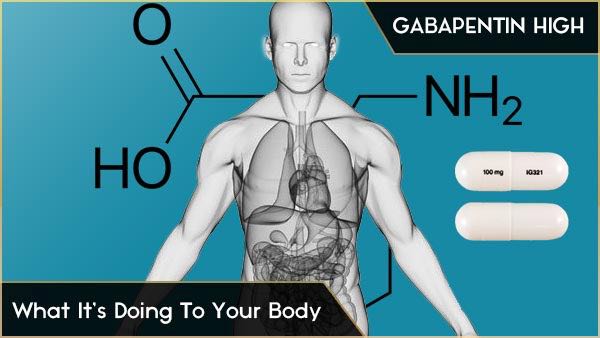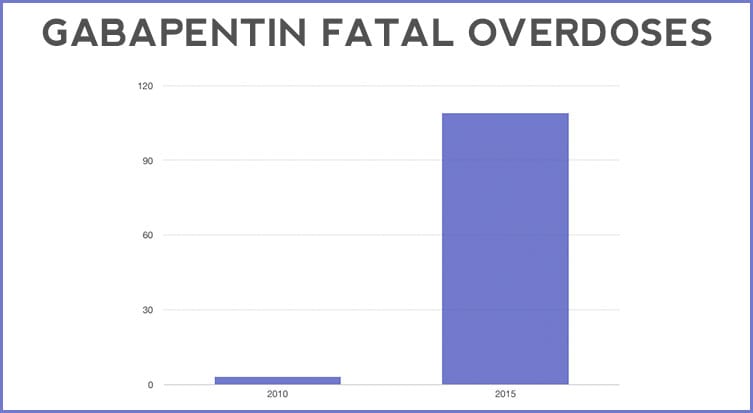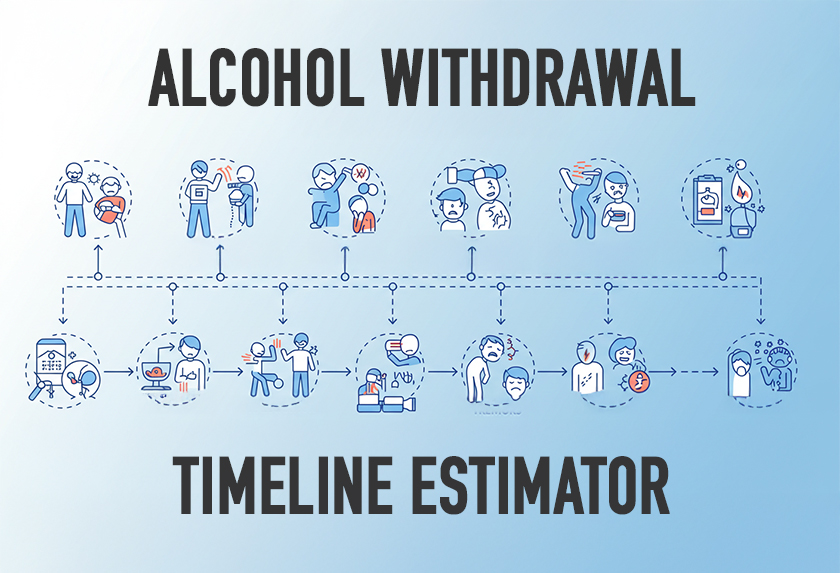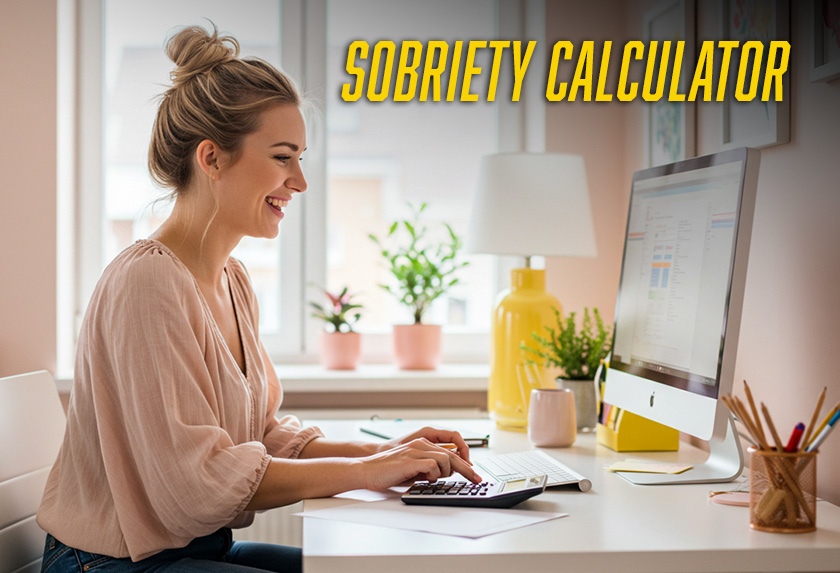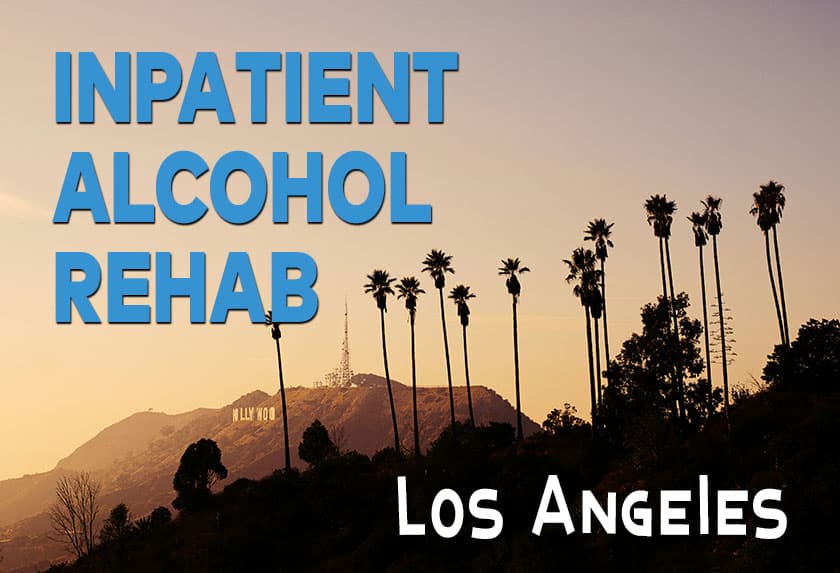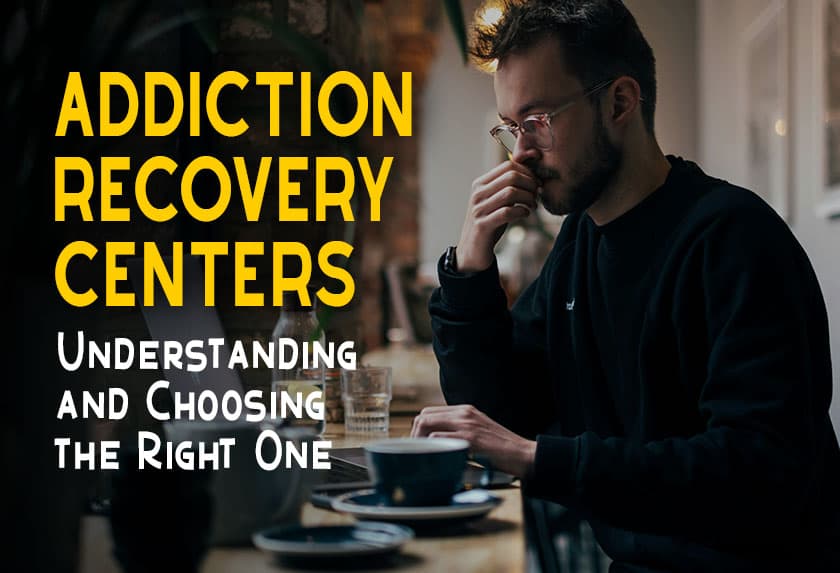What is Gabapentin?
Gabapentin—also known as Neurontin—is a prescription medication approved by the FDA for treating neuropathic pain (nerve pain) and epileptic disorders (seizures). However, worrying trends over the past decade have led to combative actions by administrative bodies, such as considering it a schedule 5 controlled substance in two states because of its use and the Gabapentin High.
As is the case with many prescription drugs, Gabapentin has become popular for recreational use (misuse) and abuse. There is a false sense of safety among users owing to the fact that:
- A doctor prescribes it, and…
- It is widely considered to be a non-addictive alternative to opioids.
Most fail to realize that when being prescribed, it is more often than not in conjunction with other medication and not on its own.
Since its approval, gabapentin was considered relatively safe with little potential for misuse. Statistics from Kentucky paint a different picture with the Courier-Journal reporting that gabapentin was present in 25% of all overdose deaths in Louisville in 2017. However, gabapentin was seen as a contributorrather than a direct cause of the deaths. The popularity of gabapentin has soared, with a reported 2-fold increase year on year from 2011 to 2017. 2017 saw 64.8 million prescriptions of the drug sold to patients. 2018 saw that number increase to 67.4 million prescriptions. This puts in steadily in the top 10 most prescribed medication in the US. The Kentucky Medical Association referred to the drug as an emerging threat, mostly going under the radar due to the opioid epidemic.
The misuse and abuse of gabapentin is attributed to:
- The feeling of euphoria especially when used with other drugs
- Recommendation of escalating doses
- Not being classified as a controlled substance
Its increasing popularity only deepens the problem. It is increasingly being misused and as the case when drugs are concerned, the reactions and intensity of its side effects vary from person depending on a variety of factors.
In the article, we talk about what the gabapentin high is really doing to you and your body.
Different Forms of Neurontin (Gabapentin)
In oral form, gabapentin is an anti-convulsant (anti-epileptic) drug that targets the nerves and chemicals responsible for some kinds of pain and the Central Nervous System (CNS) related conditions like seizures. It treats neuropathic pain attributed to the herpes virus (the nerve pain most commonly associated with shingles) and partial seizures. It is now the 4th most prescribed drug in the United States.
Being an anti-convulsant, it is sometimes prescribed for other conditions that it is not marketed for (off-label uses) including bipolar disorder, depression, fibromyalgia, and migraines.
Gabapentin has several brand names including the aforementioned Neurontin, Gralise, Fanatrex, and Horizant, with some like Horizant being ‘extended’ versions. As shown below, variants may treat specific conditions:
- Gralise for neuropathic pain and not epilepsy
- Horizant for restless leg syndrome (RLS) as well as neuropathic pain
- Neurontin for seizures and neuropathic pain
Gabapentin is commercially distributed either as capsules, tablets, or oral solution. According to the U.S. National Library of Medicine, gabapentin “Dosage Forms and Strengths”include:
Capsules
- 100 mg: white hard gelatin capsules printed with “PD” on the body and “Neurontin/100 mg” on the cap
- 300 mg: yellow hard gelatin capsules printed with “PD” on the body and “Neurontin/300 mg” on the cap
- 400 mg: orange hard gelatin capsules printed with “PD” on the body and “Neurontin/400 mg” on the cap
Tablets
- 600 mg: white elliptical film-coated scored tablets debossed with “NT” and “16” on one side
- 800 mg: white elliptical film-coated scored tablets debossed with “NT” and “26” on one side
Oral Solution
- 250 mg per 5 mL (50 mg per mL), clear colorless to slightly yellow solution
How Should Gabapentin be Taken?
Gabapentin should be taken orally in the form it is in according to the prescribed instructions. This is with a full glass of water, three times a day. Taking more or less than is prescribed is highly discouraged. Gralise and Horizant should be taken with food while the same is not necessary for Neurontin. Other rules include:
- Capsules should not be crushed, open, or chewed.
- If a (Neurontin) tablet is broken in half, the unused half should always be the next dose.
- The oral solution should be carefully measured using the provided dosing syringe.
- Gabapentin should not be stopped immediately as it may cause suddenly increased seizures.
What Are the Side Effects of Neurontin?
Neurontin has side effects that may occur evenwhen taking the drug as prescribed:
- Drowsiness
- Memory issues
- Headaches
- Tiredness and weakness
- Dry mouth
- Anxiety
- Fever
- Nausea
- Dizziness
- Heartburn
Some side effects may indicate a serious issue. If the following are experienced, it is advisable to call a doctor immediately:
- A rash
- Itching
- Swelling of the face, throat, tongue, lips, or eyes
- Hoarse throat
- Difficulty when swallowing or breathing
- Seizures
More common in adults:
- Clumsiness or unsteadiness
- Continuous, uncontrolled, back-and-forth, or rolling eye movements
More common in children:
- Aggressive behavior/misbehavior
- Increased anxiety
- Depression
- Hyperactivity and restlessness
- Rapid mood swings
- Quick and excessive emotional reactions
It’s important to note that not everyone taking Gabapentin will experience these side effects.
The FDA has also warned of possible breathing difficulties in all variants of gabapentin for patients with respiratory risk factors, including the use of drugs that depress the Central Nervous System. It, therefore, has mandated that warnings about the respiratory risks be included in the prescribing information.
Is Gabapentin Abused?
Neurontin has the street names ‘Johnnies’ or ‘Gabbies’. What was once considered a ‘safe alternative’ is now a widely abused substance. The biggest concern with recreational use of gabapentin is that it is often taken with other substances such as alcohol, benzodiazepines, and opioids, the latter whose spread it was supposed to contain. Mixing these substances with gabapentin can be fatal. In the unfortunate case that an overdose does occur, Narcan will be ineffective for reviving the victim.
The increase of Neurontin prescriptions means that more of these drugs reach people with no licit use for them. The abuse can only spread. Being an uncontrolled substance, prescriptions are still given to patients who have a high potential of misuse like alcoholics and those with drug abuse histories. People feening and looking for the ‘gabapentin high’, are likely to take way more than the prescribed amount, with recreational users opting for using it in conjunction with other drugs. The notion that gabapentin is relatively safe has left many, including medical practitioners, unaware of its abuse.
The rise in the number of prescriptions makes it even easier to obtain in the black market. ‘Gabbies’ or ‘Johnnies’ can sell for around 75 cents for a 300 mg tablet. As such, prescription drug overdoses involving gabapentin have sky-rocketed. With no antidote, the risk is very high. Brain damage can be quick to set in because of the lack of oxygen in the brain, with breathing brought to a crawl or stop. Purchasing Neurontin from the black market can also be dangerous because drug dealers may lace the pills with other substances to compound the effect.
What Happens When You Experience a Gabapentin High?
The manufacturers of gabapentin created it to work in a similar way to the GABA (gamma-aminobutyric acid) neurotransmitter in the brain. It decreases certain axon activity in the hippocampus which is why recreational users often feel the mild euphoria that’s associated with the gabapentin high.
When taken as its prescribed, gabapentin does not induce a high. Once the prescribed dose is exceeded, feelings of euphoria, relaxation, and ‘peace’ may be experienced by the user. This notwithstanding, it is also important to note that some users get very negative experiences and get headaches, nausea, and anxiety instead of the gabapentin high.
Is Gabapentin Dangerous?
Gabapentin is widely used with other substances like opioids and alcohol to induce a stronger high. As such, recreational users increase the chances of suffering negative effects from each drug, as well as compounded withdrawal symptoms. Additionally, gabapentin is notoriously slow to work which can lead people to take more than they intended to feel the same effect. Long-term users will develop a tolerance for the drug, which again, increases the risk of overdose. There is no antidote for a gabapentin overdose.
Dangers Related to The Abuse of Gabapentin
Although gabapentin—on its own—is not as dangerous as other recreational drugs; when mixed with other substances it can very quickly become extremely dangerous. As an example, it was reported that the total number of fatal overdoses caused by gabapentin in West Virginia in 2010 was 3. In 2015 that number increased to 109.
A study by Smith et al took an adult sample of 503 people who had misuses gabapentin from Appalachian Kentucky. Of those, 15% had got the gabapentin high in the previous 6 months, a 165% increase compared to a similar study in the previous year. The sample confirmed having used gabapentin for 25 out of the 30 previous days. From the sample, it was found that the source of the drug was either physicians (52%) or drug dealers (36%) with a cost of less than $1.00 per pill. Another study on 250 former inmates found a 16% prevalence of gabapentin misuse. It also established a strong connection (26%) between opioids and gabapentin abuse.
The availability of gabapentin from physicians and drug dealers is comparable capacity is a problem. As mentioned earlier, pills obtained from drug dealers could be laced with other substances to enhance the gabapentin high. This could have dire consequences from users who are unaware. With less than a dollar for a pill, these overdose cases may continue increasing exponentially every year.
For non-prescribed use, users may have bad or fatal reactions depending on factors like:
- Age
- History of drug and alcohol use
- Genetic make-up
- Size and weight
Because of this, unforeseen consequences may be experienced even on first-time use. Neurontin can cause anaphylaxis which may lead to death without emergency treatment. It can also make the user depressed and suicidal, and when combined with the effects of other drugs like lack of self-control, it can make the user commit suicide. Users with a drug history may use gabapentin to quell the withdrawal effects of other drugs. This may cause dependence, which is a problem in itself.
Because the body builds up a tolerance over time, patients and abusers alike may self-escalate the doses, which in turn leads to an overdose.
What to Do in A Gabapentin Overdose
It is highly advised to seek emergency medical attention or call the Poison Help line at 1-800-222-1222. Symptoms of overdose may include:
- Double vision
- Diarrhoea
- Drowsiness
- Slurred speech
What Are the Neurontin Withdrawal Symptoms?
Like most other recreational drugs, coming down from a gabapentin high can lead to uncomfortable withdrawal symptoms:
- Anger, irritability, and mood swings.
- Anxiety – as gabapentin is sometimes prescribed for anxiety the effect of not taking it can increase anxiety levels substantially.
- Restlessness and Insomnia – One may find it difficult to fall asleep or stay asleep and as a result, might wake early in the morning. Alternatively, one may sleep for much longer than accustomed to.
- Changes in appetite and stomach pain– If you lost your appetite while using the drug you may experience an increase in appetite when you stop or vice versa.
- Depression, crying, and suicidal thoughts are common for people coming down from the gabapentin high.
- Seizures and spasms – If you’ve been using gabapentin for an extended period, either by prescription or recreationally, there is a high risk of seizures.
- Sweating and itching can occur, and you may find a rash on your skin.
While all the above symptoms are unpleasant, they are also temporary. However, if you have any concerns or believe that withdrawal symptoms have gone on for too long, you should seek medical advice as you could need treatment. However unpleasant the recovery process may be, it is significantly better than an overdose.
Final Remarks – Let’s Tread with Caution!
With the realization that gabapentin abuse is on the rise, the FDA and related government institutions have started keeping a keen eye on how the issue is unfolding. While constraints and controls may help slow down the abuse, what might it do for the patients that need it? The gabapentin high is thought to be safe to abusers, with some doctors not knowing of its abuse. That gap needs bridging.
When used with other Central Nervous System depressants, the drug is dangerous. Additionally, its common use for treating mental health issues is also not recommended—seeing as gabapentin can give its user suicidal ideologies.
The opioid epidemic is slowly merging with gabapentin abuse—and like with most abused drugs, fatalities are always possible outcomes.

